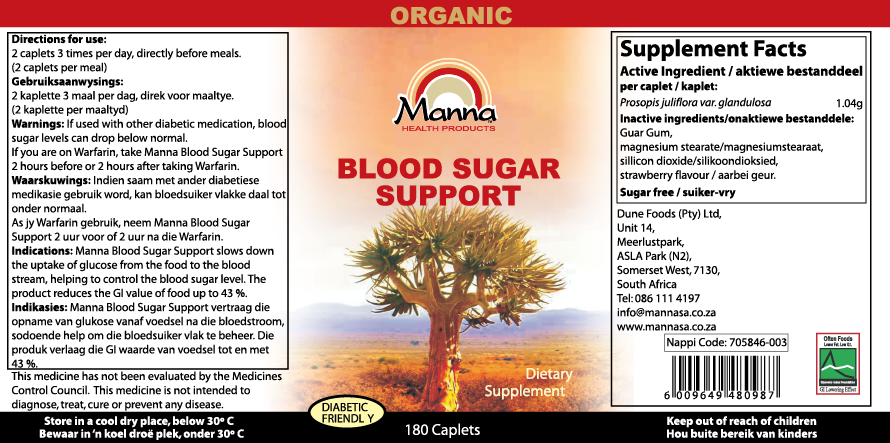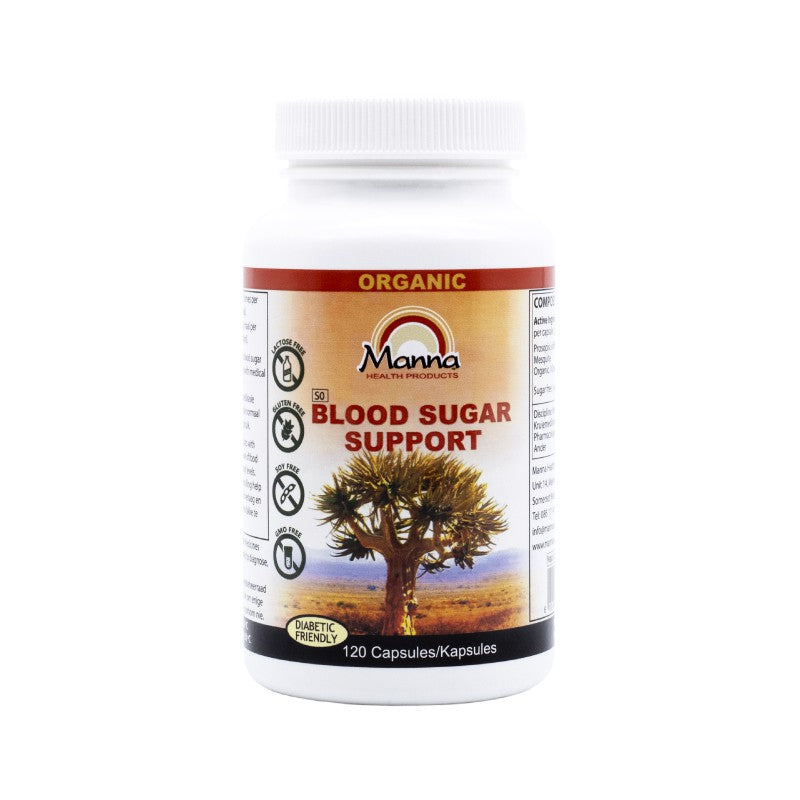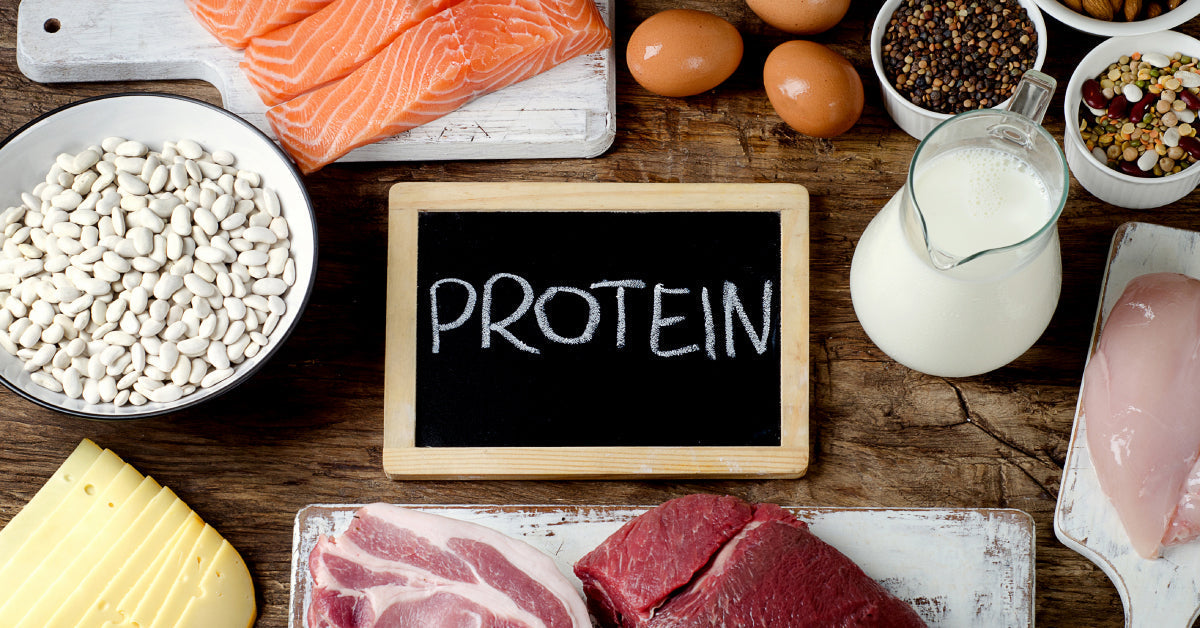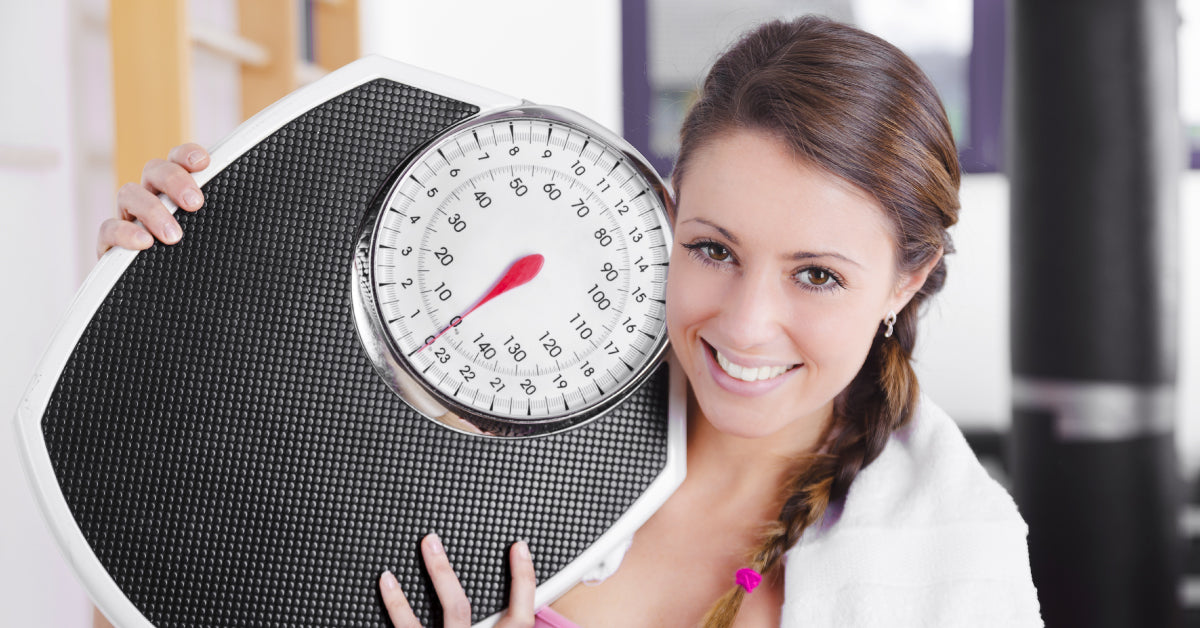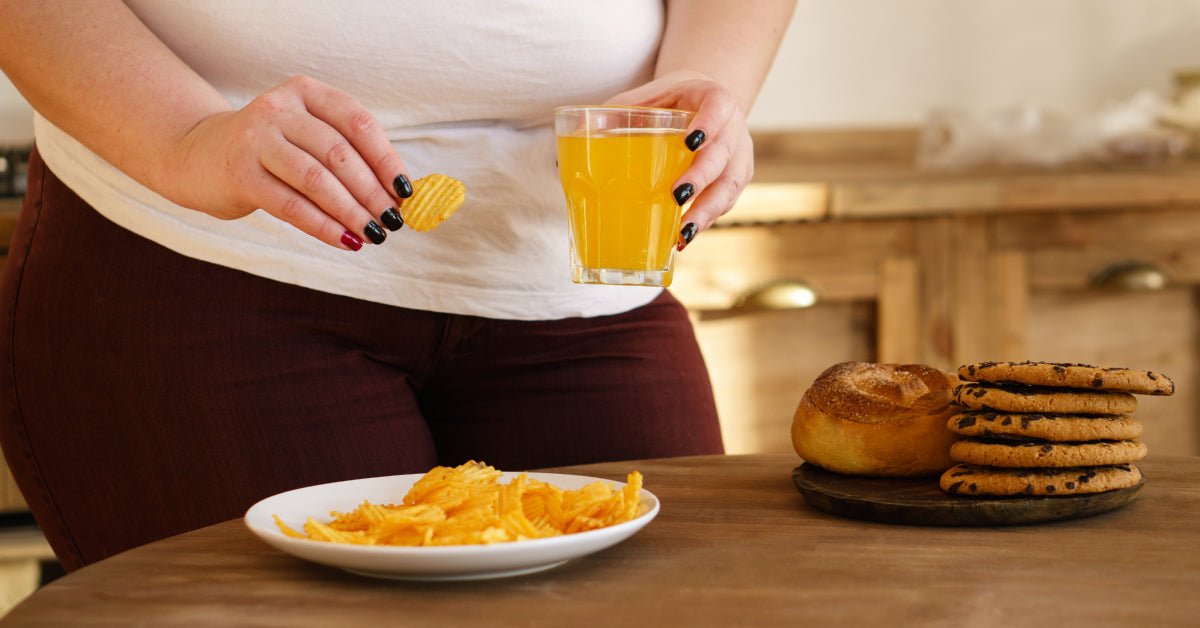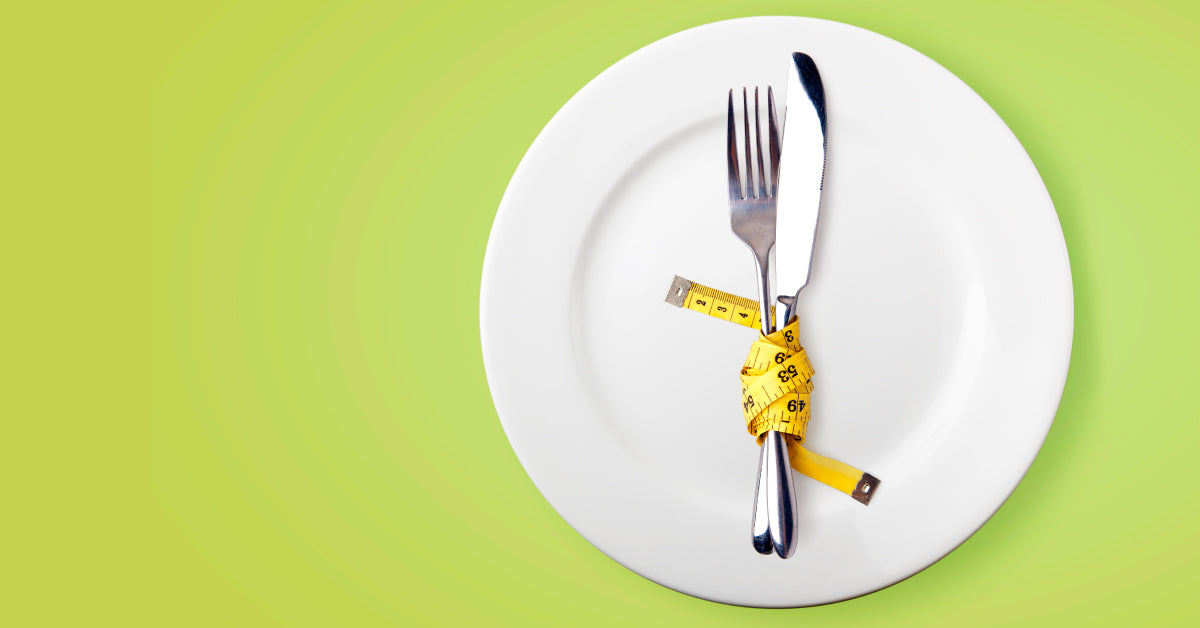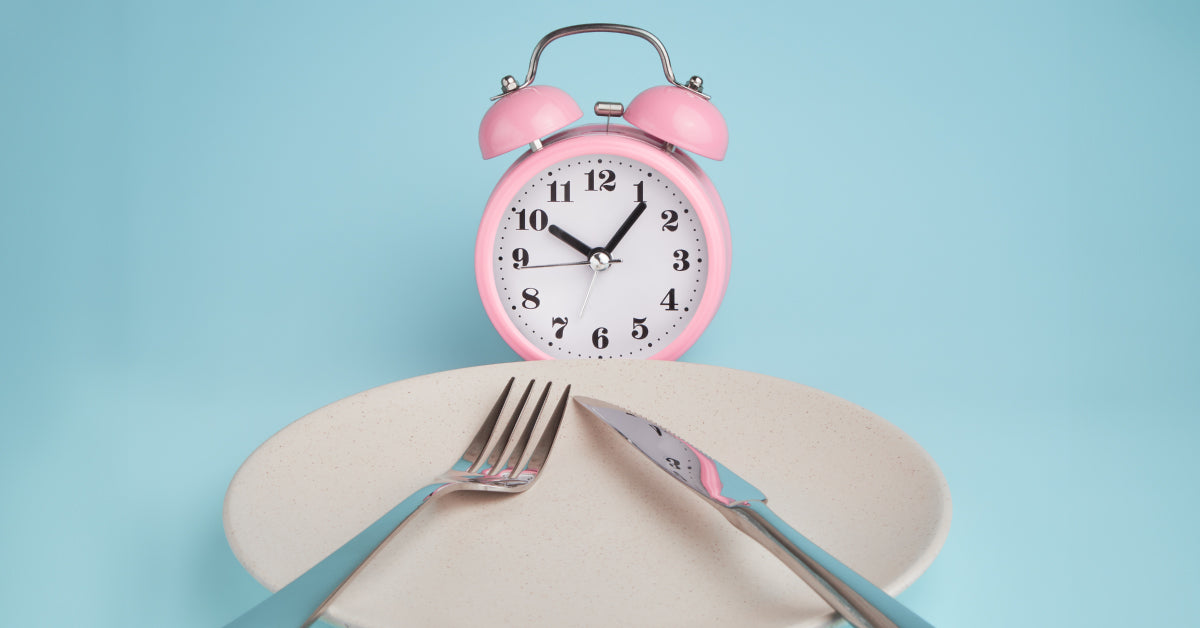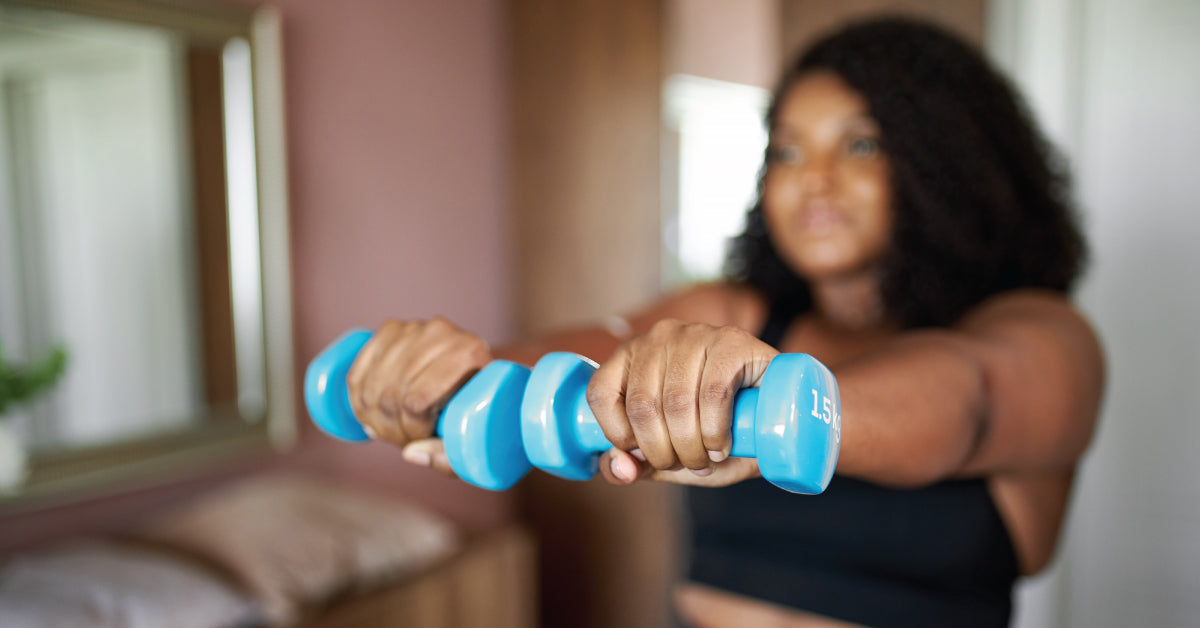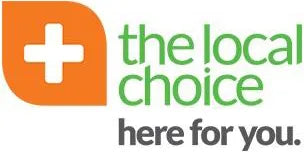Here are 5 simple short-term goals to get you started
You know you want to lose weight but the goal of losing lots of kilograms feels daunting. Shanking off extra weight might even be more discouraging if you are living with chronic pain, struggling with exhaustion or just have a busy work schedule.
When you feel overwhelmed it is best to focus on your short-term goals. When creating a short-term goal, make sure it is something positive you can do to help promote a healthy lifestyle.
This will assist in achieving long-term weight loss goals.
An effective short-term goal should not involve an immediate outcome, such as a weight loss number, but instead should be an accomplishment you can do on a daily basis to replace an unhelpful habit.
A short-term goal is not: I want to lose 10 kilograms.
A good example of a short-term goal: I will eat a low-carb dinner every evening.
Ensure that the goal is achievable and that it is realistic and attainable.
5 super simple short-term goals
Here are five easy short-term goals you can implement. You don’t have to try every single one; rather, choose the goals that are right for you, starting with just two or three and building your way up as you start to master the old goals.
Eat a protein-packed breakfast
If you want to stay full for longer, eating protein-packed foods is the way to go. An easy way to do this is to include eggs as part of your breakfast; however, as eggs can become mundane, make sure you explore other foods high in protein that could serve as a substitute.
Add variety to your breakfast with these proteins:
- Greek yogurt
- Peanut butter and other nut butters.
- Beans
- Milk
- Cottage cheese
- Wherever you go – take your water bottle too
If you want to actively increase your water intake, try making it a goal to carry a water bottle with you throughout the day.
This will act as a physical reminder to take sips from it throughout the day. Once that’s become a habit, set your next goal to be refilling the bottle twice a day. This will ensure that you’re drinking enough water each day.
Eat a carb, protein, vegetable and/or fruit at each meal
Make your nutrition goals more specific to ensure you’re getting a balanced meal each time you eat. Aim to have a carb, a protein, a vegetable, and/or some fruit on your plate at every meal.
Not only will this help you feel full and satisfied after the meal, but it will also decrease the chances of you looking for unhealthy snacks later.
Eat healthy fats
Incorporating healthy fats into your meals can assist with satiety. Since healthier fat takes longer to digest, it can keep you satisfied for a longer period.
Some good sources of healthy fats are avocado, olive oil, olives, nuts, seeds, and nut butters. For example, you can slice some avocado to eat with your eggs, dress your salad in an olive oil-based vinaigrette, or sprinkle slivered almonds over a vegetable side dish.
Eat at scheduled times
Creating a consistent eating plan consisting of meals and snacks can assist you to maintain a balanced diet.
Generally, it is recommended to eat three meals with one or two nutritious snacks between them. Skipping meals can often lead to binge eating, so it is important to not let too much time pass without eating – no longer than five hours (excluding when you are sleeping).
Plan out your snacks and meals ahead of time.
Takeaway
Starting a weight loss journey can feel overwhelming. Beat the overwhelm by implementing some simple short-term goals.








